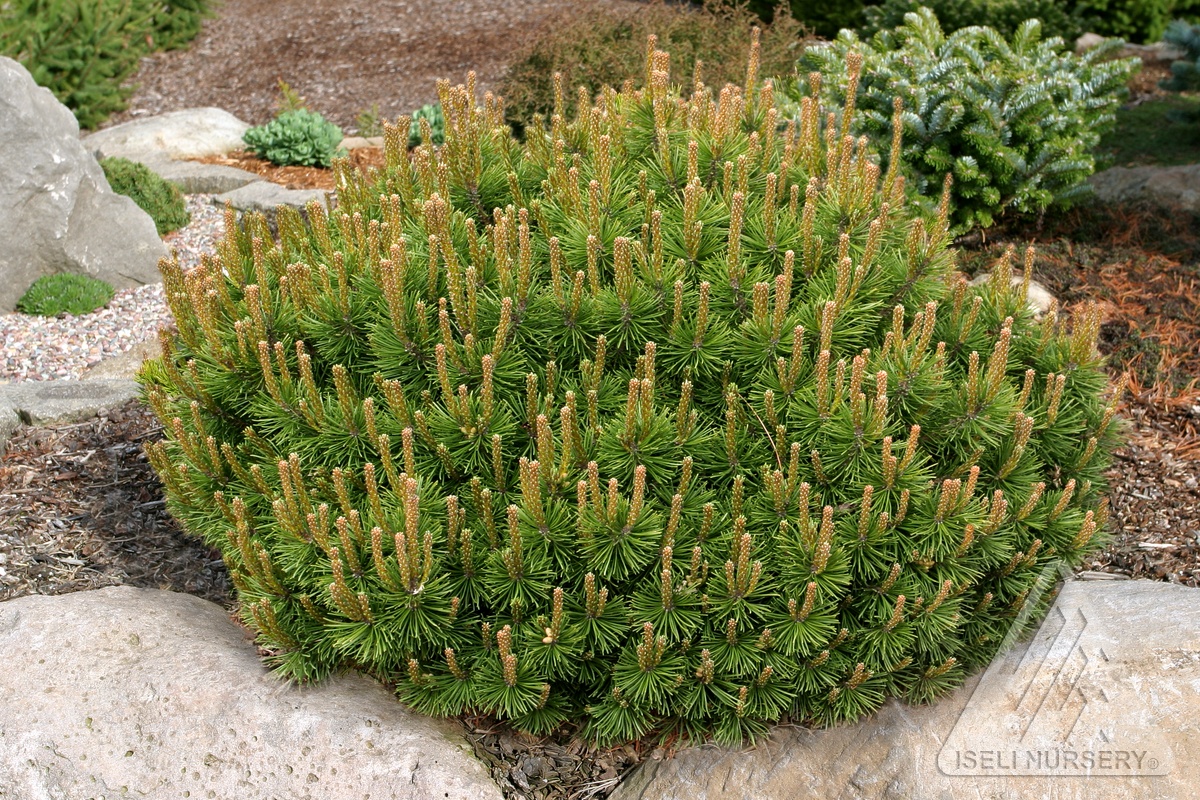Recently, I had a conversation with one of my old conifer-loving buddies from the Midwest. It didn’t take us very long, after solving most of the world’s problems, to begin discussing our favorite plants. Because he resides in a region known for its bitterly cold winters, our conversation naturally became focused on the garden conifers that are very hardy and reliable.
In my last post, I reintroduced the TRUdwarf® line of dwarf mugo pines, which are grown by my old pals at Iseli Nursery. During this conversation with my friend, we focused on ‘Slowmound’, the cultivar that introduced this collection.

Pinus mugo ‘Slowmound’ has attributes that not only make it a winner in the frigid, arctic winters often experienced throughout the Midwest, but also in more temperate regions, like the Pacific Northwest, where I garden.
As I was talking with my friend, I thought it was very interesting that the first word he used to describe ‘Slowmound’ was “tough.” As we talked, he emphasized that it is “nearly indestructible,” and that it was almost a “plant it and forget it” kind of pine for the lazy or very busy gardener. ‘Slowmound’ has proven to be very drought resistant as well once established in the garden. All the TRUdwarf® mugo pines are drought resistant, and they may only need a deep soaking of water every two weeks during a summer hot spell or even if there is an occasional rain shower.

Another observation he has made over the past twenty years or so is that the TRUdwarf® pines are very deer resistant. He’s never experienced any deer damage with ‘Slowmound’. Of course, one must consider that during the harsh winter conditions in which deer may enter the garden to search for food, the low-growing forms are likely covered in snow, making them less of a food-source target.
Overall, the dwarf mugo pine cultivars within the TRUdwarf® collection by Iseli Nursery, have proven over time to be extremely reliable in their growth rate and habit, as well as being “tough as nails.”
Stay tuned. Next time I will take us on a journey to the valley….
Ed-
Conifer Lover


